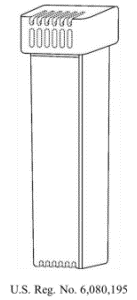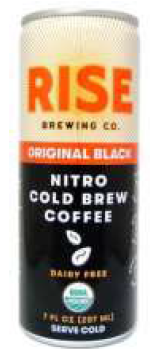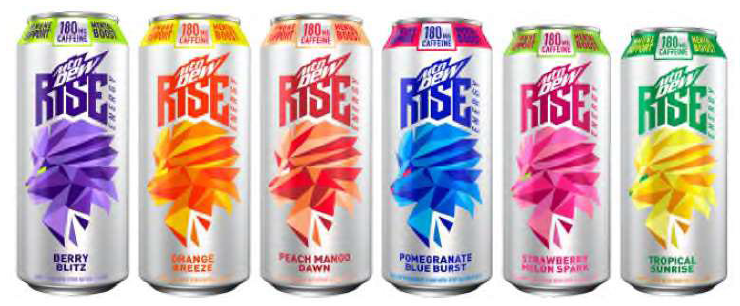The US Court of Appeals for the Federal Circuit upheld a “narrow” preliminary injunction in a trade dress case, finding that the opponent of a registered configuration mark failed to prove its lack of secondary meaning and functionality defenses. SoClean, Inc. v. Sunset Healthcare Solutions, Inc., Case No. 21-2311 (Fed. Cir. Nov. 9, 2022) (Newman, Lourie, Prost, JJ.)
SoClean manufactures Continuous Positive Airway Pressure (CPAP) machines. SoClean sued Sunset—a former distributor of SoClean products—for patent infringement and later added trademark infringement claims. At issue in this appeal was a single SoClean mark “for the configuration of replacement filters for its sanitizing devices.”

SoClean requested a preliminary injunction to stop Sunset from making or selling allegedly infringing CPAP filters. The district court granted the injunction but narrowly tailored the injunction to only enjoin Sunset from selling its filter cartridges without Sunset’s own brand name attached to the filter drawing so that customers would not falsely believe they were buying SoClean products. Sunset appealed.
While a party seeking preliminary injunction must prove all four eBay elements, this appeal focused on just one: “likelihood of success on the merits.” Sunset argued that the district court abused its discretion in finding that SoClean would likely defeat Sunset’s lack of secondary meaning defense and its functionality defense.
After noting that the parties agreed that SoClean’s trade dress was protectable only upon a showing that it had obtained secondary meaning, the Federal Circuit divided the secondary meaning issue into two subparts:
- Whether the district court should have questioned the validity of SoClean’s registration in light of Sunset’s evidence
- Whether the district court held Sunset to an improperly high standard of proof.
As to the first issue, the Court noted that federal registration is prima facie evidence of a mark’s validity. When, as here, the challenged mark was registered fewer than five years prior, the burden shifts from plaintiff to defendant, such that the defendant must rebut the presumption of validity. Sunset acknowledged that it had this burden, but its arguments to the district court focused only on the US Patent & Trademark Office’s decision to grant SoClean’s registration. The Court rebuffed that argument, noting that “scrutinizing the application process and deciding whether the trademark examiner was correct to issue the registration in the first place is the opposite” of the statutory presumption of validity.
Next, the Federal Circuit addressed Sunset’s standard of proof argument. The Court acknowledged that the district court misstated the law by suggesting that there was a “vigorous evidentiary requirement” on the challenging party, instead of simply a “preponderance of the evidence.” However, the Court also noted that the district court considered Sunset’s lack of secondary meaning evidence to be “equivocal, at best,” which “plainly fails to satisfy a preponderance-of-the-evidence standard.” Therefore, the Court judged the error to be harmless.
The Federal Circuit thus affirmed the finding that SoClean would likely defeat Sunset’s secondary meaning challenges.
The Federal Circuit next turned [...]
Continue Reading
read more


 Subscribe
Subscribe




